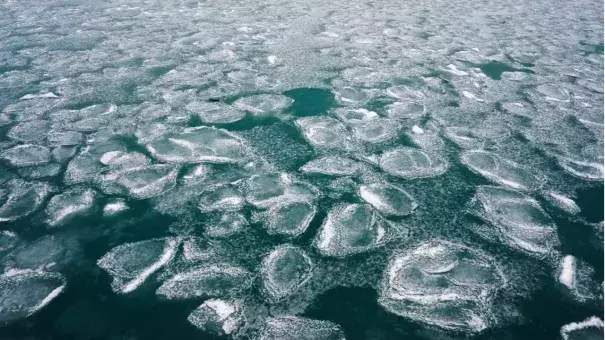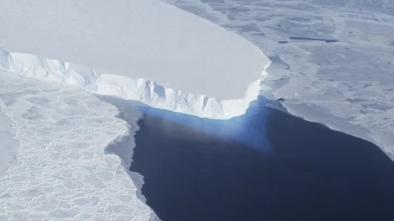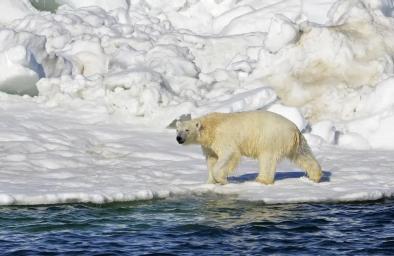Ice Absent From Great Lakes, New England

Ice covered just 6% of the Great Lakes on February 15, the smallest amount ever recorded at what is typically the point of maximum coverage for the season, NOAA data showed. The historical average for ice coverage in mid-February is 41%. The falling ice coverage is part of a long-term trend fueled by climate change, mostly caused by the extraction and combustion of fossil fuels. It is also not limited to the Great Lakes. Across New England low ice coverage and thinner ice are preventing ice skating and ice fishing — disrupting long-held traditions seriously harming local small business owners. Mark Avery's family has owned a small resort on the shore of Vermont's Lake Morey since 1972, boasting a 4-mile ice skating trail. There used to be three things that were certain: “Death and taxes and frozen ice by early January,” Avery told the Washington Post. “We’re cooking the planet, and we’re feeling it locally firsthand."
(Great Lakes: Washington Post $, Michigan Radio, Michigan Live, MinnPost, Newsweek, Detroit News, The Hill; New England: Washington Post $, Wall Street Journal $; Warm February temps: Washington Post $)
To receive climate stories like this in your inbox daily click here to sign up for the Hot News Newsletter from Climate Nexus:
Related Content





